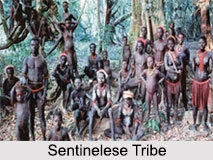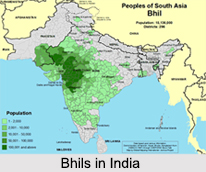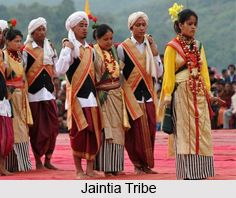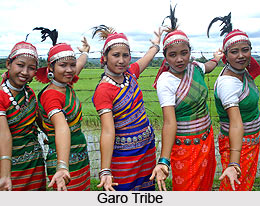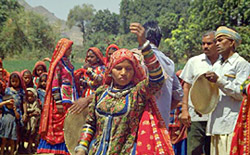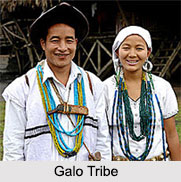 Galo Tribes are mainly found in the Siang Frontier Division of modern-day Arunachal Pradesh in the North-East India. They are mainly concentrated in the west with the Subansiri River and extended up to the Sido River. Almost all the Galo villages are homogeneous in population. They occupy a larger area as compared to other tribes in the district of Arunachal Pradesh.
Galo Tribes are mainly found in the Siang Frontier Division of modern-day Arunachal Pradesh in the North-East India. They are mainly concentrated in the west with the Subansiri River and extended up to the Sido River. Almost all the Galo villages are homogeneous in population. They occupy a larger area as compared to other tribes in the district of Arunachal Pradesh.
Origin of Galo Tribe
The ancestors of the Galo lived in the Tibetan region and on the fringes of the Indo-Tibetan frontier. They migrated to the lower areas and established permanent settlements. The Galo are of Mongoloid stock. The language spoken by the Galo tribe confirms to the general characteristics of the Adi language which belongs to the Tibeto-Burman languages. The Galos who reside in the foot hills speak Assamese and Hindi language.
Society of Galo Tribe
The Galo tribe consists of several groups which include the Korga, Karka, Bogum, Tator-Tani, Iaktu and Lodu. The society of Galo tribe is patriarchal with strong clan organizational system. Family is the basic unit of the community and father is the head of the family. The family is polyandrous basically. Other features of the Galos in respect of marriage, priests and religion are akin to the Adi Tribe. Marriage in Galo Tribe is settled through payment of bride wealthy called "Batu" or "Togu Panam".
The Galo society is characterized by three tiers of Political administration;
(i) Kebang (The village council)
(ii) Bango (The Inter-village council)
(iii) Bogum Bokang (The Divisional council)
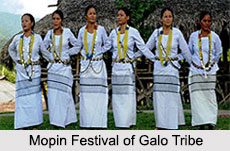 Religion of Galo Tribe
Religion of Galo Tribe
The Galo is pure naturalist and image-worship is not found among them. Christianity has seen a major rise in the past few years. However, Donyi-Polo religion is mostly practiced by people of this tribe.
Occupation of Galo Tribe
Agriculture is the main occupation for getting food. Land is cultivated through shifting cultivation. Shifting cultivation is a primitive type of agriculture. In this cultivation they grow paddy, maize, millet, chilli and sweet potatoes. Hunting is more of relaxation and pastime than a regular economic activity for the Galos. They perform hunting expedition to fulfil their needs.
The Galos are expert in making different kinds of baskets. The basketry is associated with their cane and bamboo work that requires a great deal of knowledge and experience. The Galos are also good at weaving. Articles are prepared from the hides of domestic and wild animals.
Festivals of Galo Tribe
"Mopin" is the main festival of the Galo tribe and is celebrated in the month of April for prosperity and wealth. The primary objective that lies behind this spectacular festival is to drive away evil spirits who bring bad luck with them and pose a lot of obstacle. Animal sacrifices are considered sacred and are important rituals of the festival. The celebration of this festival lasts for 4 to 5 days.
One of the most iconic rituals of the festival is its folk dance. "Popir" is the most popular dance of this tribal group performed by the female members of the tribe with a lead singer. All the dancers wear their traditional costumes with multi-coloured beaded ornaments. Besides they also perform "Erap", which is in fact, a retreat dance after a war expedition on early days.

















